At 27, Emily Harrop is one of the most promising figures in global ski mountaineering. A four-time world champion, she currently leads the overall World Cup rankings. She has just secured her fourth Crystal Globe, a trophy that rewards an athlete’s consistency across all race formats: sprint, vertical, and individual. Her ultimate goal is a gold medal at the 2026 Winter Olympics in Cortina, where her signature event, the sprint, will make its historic debut.
But beyond the podiums and race bibs, there’s a woman striving for balance, an athlete who knows the sting of lactic acid, the solitude of effort, and the relentless demands of elite sport, but also the wonder of towering peaks. In this interview, Emily opens up about her routines, her doubts, how she tames pain, and how she keeps finding joy even when everything burns.
Born in Courchevel and shaped by her Franco-British heritage, Emily grew up in the heart of the mountains. Initially an alpine skier, she found in ski mountaineering a sport that felt freer and more complete. For her, the mountains are not just about winning, they are about meaning, direction, and purpose, a journey that may one day lead her to Olympic gold.

Ski mountaineering, a sport of extremes… and precision
A winter discipline with multiple race formats, ski mountaineering combines uphill climbs on skins, boot-pack sections, technical descents, and razor-sharp transitions.
At the 2026 Olympics, two formats will be on the program:
-
The sprint: Three intense minutes where every second counts. An explosive format featuring ascents, descents, and technical transitions, raced in multiple successive rounds.
-
The mixed relay: A team race with two athletes (one woman, one man), where each completes two 10-minute loops. A lactic and tactical challenge requiring perfect coordination and maximum focus.
Emily, a sprint specialist, embodies the modern athlete: explosive, enduring, and strategic.
The Interview: an open conversation with Emily Harrop
You're winning everything this season. What has changed?
I think this is the first time I’ve had a full preparation without injury, and that makes all the difference. But beyond the physical aspect, I’ve also let go of the idea of “always winning.” I’ve learned to play, to take risks, and most importantly, to accept losing. Paradoxically, it’s this detachment that makes me stronger today. When you approach a race with a lighter mindset, you relax, you breathe better. And when you’re more relaxed, everything flows more naturally.
The French team is also a real strength. The increasing depth among the women, especially in the shorter formats, creates an incredibly stimulating dynamic. This collective drive pushes us to surpass ourselves in every training session, in every race. We progress together, and that changes everything.

The Olympics are approaching. How much space do they take up in your mind?
It’s a childhood dream. Ever since I was little, I’ve watched the Olympics with stars in my eyes, thinking, “Maybe one day…” And now that day is coming. So, of course, it’s always in the back of my mind. It’s a big goal, almost the ultimate one… but it’s not an end in itself.
How do you handle the pain in a sprint? It kicks in pretty fast, right?
It’s brutal. The sprint is such an explosive format that the lactic acid hits within seconds. If you start too hard, you can burn out quickly, and then it’s tough to maintain the pace until the end. So I work a lot on this in training. By replicating race-like efforts, I gradually push the threshold of what my body can handle. The more you get used to this type of effort, the less it catches you off guard on race day.
But there’s also a huge mental aspect. I’ve learned to welcome the pain instead of fighting it. It’s all about mindset. Rather than rejecting it, I try to accept it, almost with kindness. Sometimes, I even force myself to smile when everything is burning. And that changes everything. It creates a sense of relaxation, a more positive momentum, even in discomfort. The mind and body are so connected.
What’s unique about the sprint is that, even though each round lasts only three minutes, the entire competition can stretch over nearly four hours. You have to stay focused for a long time while keeping enough freshness for the final. That’s where strategy comes in, knowing how to manage your effort, your recovery times, and saving just enough energy for the right moment. Because in this discipline, no matter how short the race, victory is won over time.

Do you also trail run in the summer?
Yes, I love it! Trail running and ski mountaineering complement each other really well. You move at your own pace, connected to the mountains, whether you're hiking or running. This summer, I took it a bit easier to protect my ankles and avoid unnecessary risks… but I really want to get back into it. Maybe a second career, who knows? In any case, it's a playground that speaks to me and truly reflects who I am.
What’s your favorite moment in a race?
It really depends on the day, the terrain, and how I’m feeling. I have an alpine skiing background, so I’m pretty comfortable on descents, but sometimes it's the climbs or the transitions that make the difference. Everything counts. What I’ve noticed is that when you’re having fun, you perform better. Playing, taking risks, being fully in the moment, it changes everything.
And depending on the course, the opportunities vary. On a technical climb, you can create real gaps. On a descent, if there’s technical skiing involved, that’s where I can really shine. But if it’s just straight and all-out power, it tends to level the playing field. You have to know how to adapt, to find the finesse in every section. That’s what makes this sport so complete.
Is nutrition a key performance factor for you?
Yes, 200%. Today, you can’t overlook its impact. Nutrition is an essential part of preparation, especially in a format like the sprint, where the effort is short but intense. Sometimes, we have up to four hours between the first rounds and the final, you have to know how to manage your intake, optimize energy, and avoid digestive issues. A solid nutrition strategy can make a real difference at the crucial moment.
How do you manage your nutrition during a sprint? Do you have a snack between rounds?
I distribute my intake very precisely to stay at peak performance throughout the competition. Right after each round, I drink a bit of water to bring my blood sugar levels back down. Ten minutes later, I have a small snack, a bar, or a waffle, to replenish my energy stores. Then, about seven minutes before the next round, I take a gel for a quick boost just before the effort. It’s very precise, but that’s what allows me to be at 100% for every start.
For longer formats, like the individual race (1h30 to 2h), I use a well-balanced energy drink, sometimes with one or two gels as a complement. The most important thing is that everything is easy to consume when you’re wearing gloves and holding poles, it needs to be quick, simple, and effective.
Your favorite Näak product?
The Peanut Butter & Chocolate bar, no hesitation. It’s almost a reward during training. I actually look forward to my sessions just because I know I’ll get to eat two or three! And recently, I tried the Boost Energy™ gels, they’re exactly what I need during races. They’re easy to digest, simple to take, and most importantly, they work.
A Quest for balance
Emily Harrop is one of those rare athletes who inspire not only with their results but also with their vision. As the 2026 Olympics approach, Emily is carving her own path, a straight line toward excellence. But she never loses sight of the mountains, her anchor point. Because in the vertical world, Emily also finds her humanity.


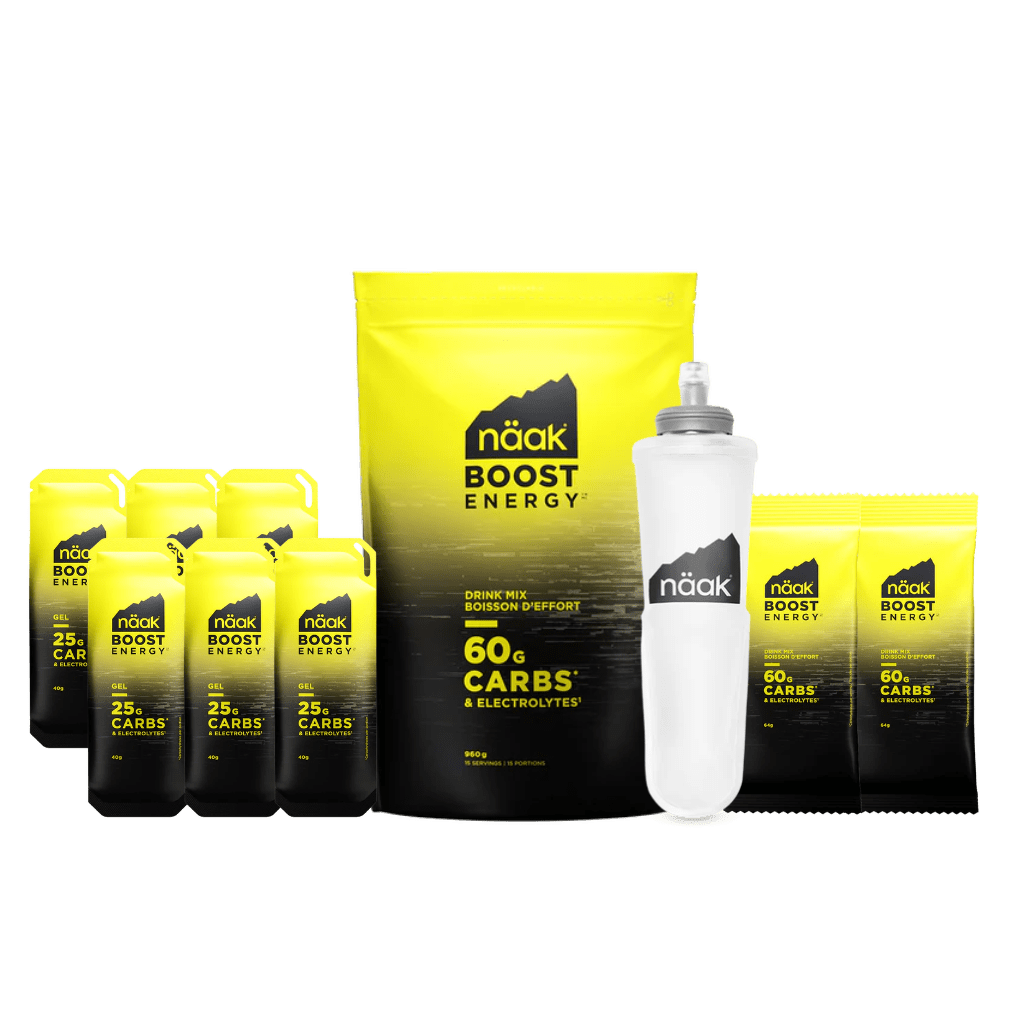
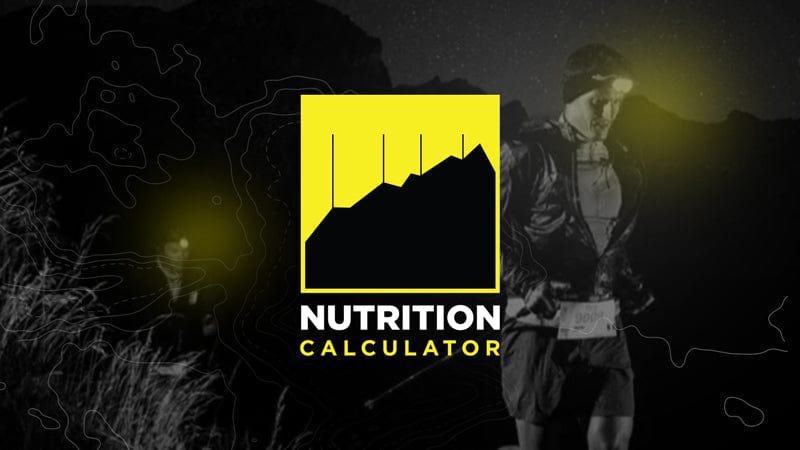
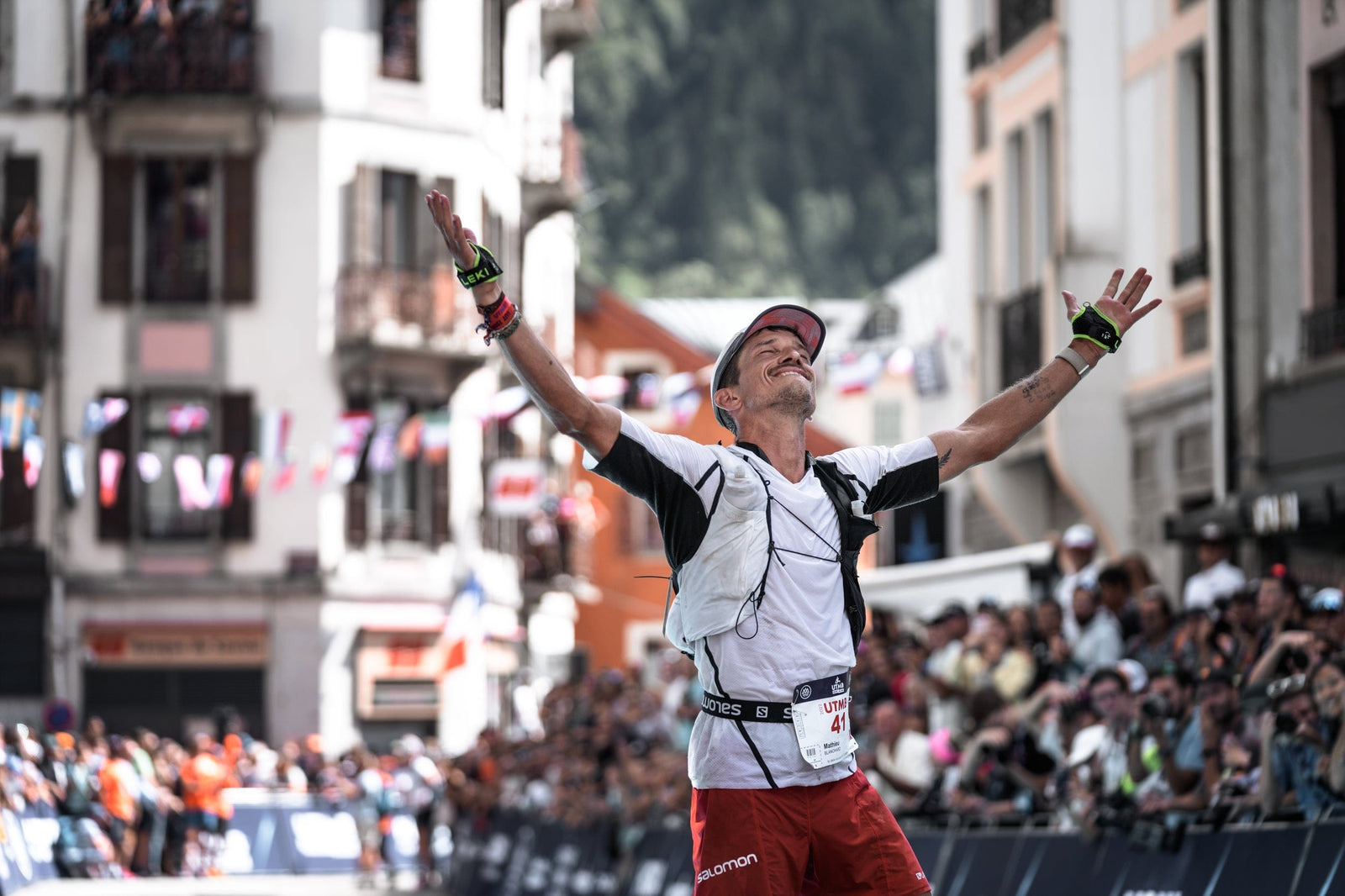

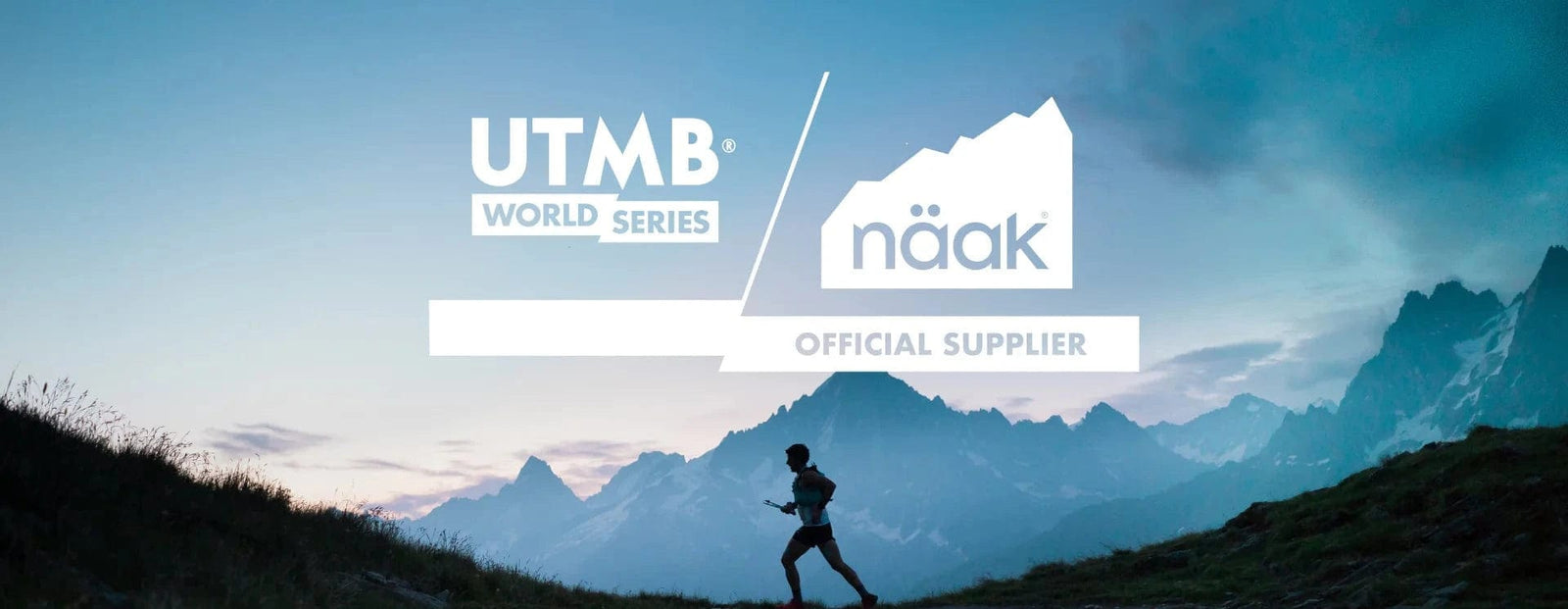

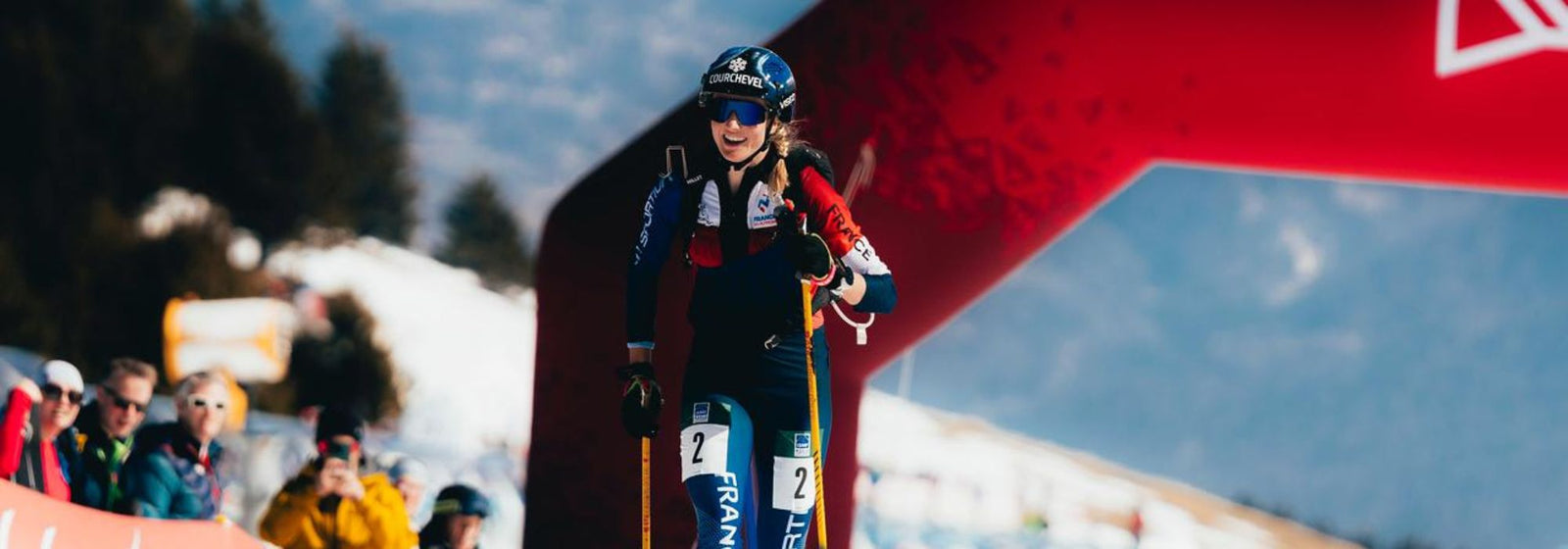

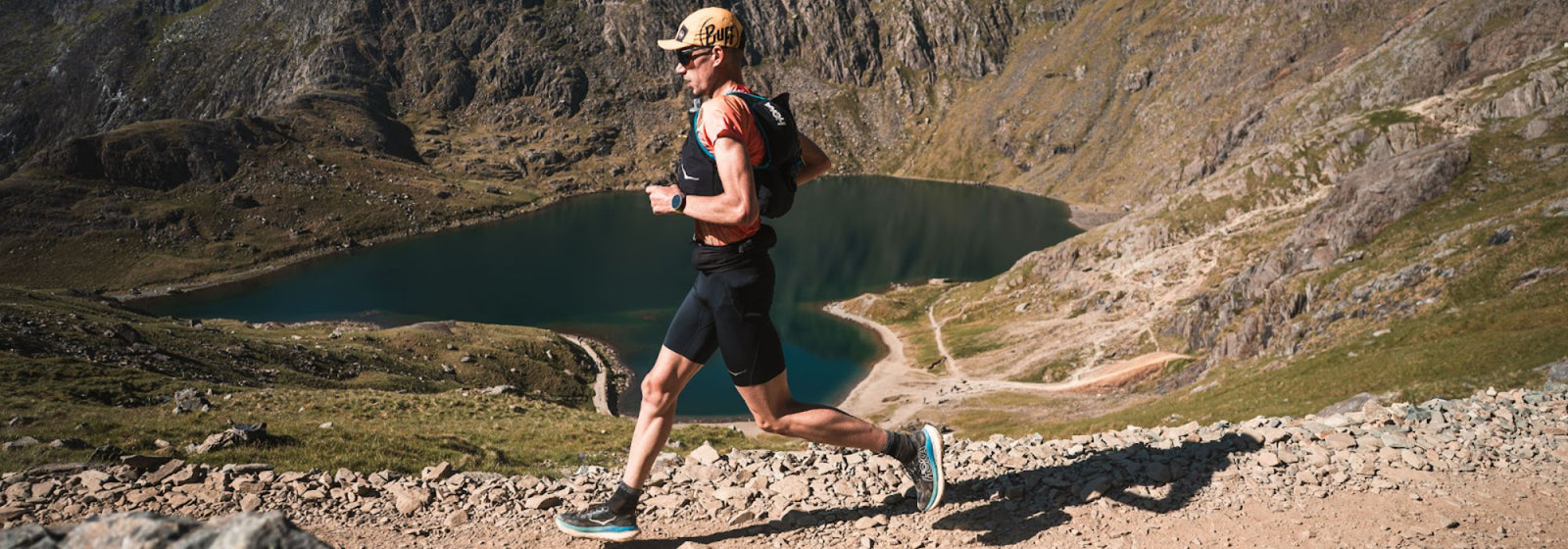

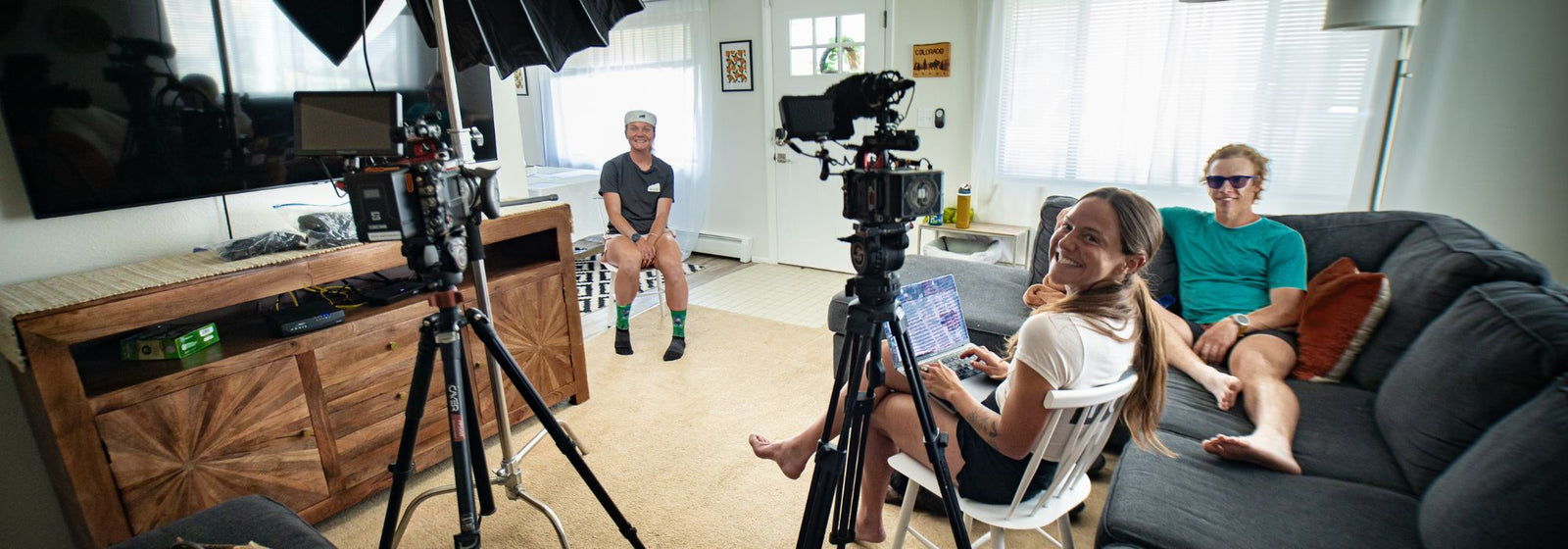
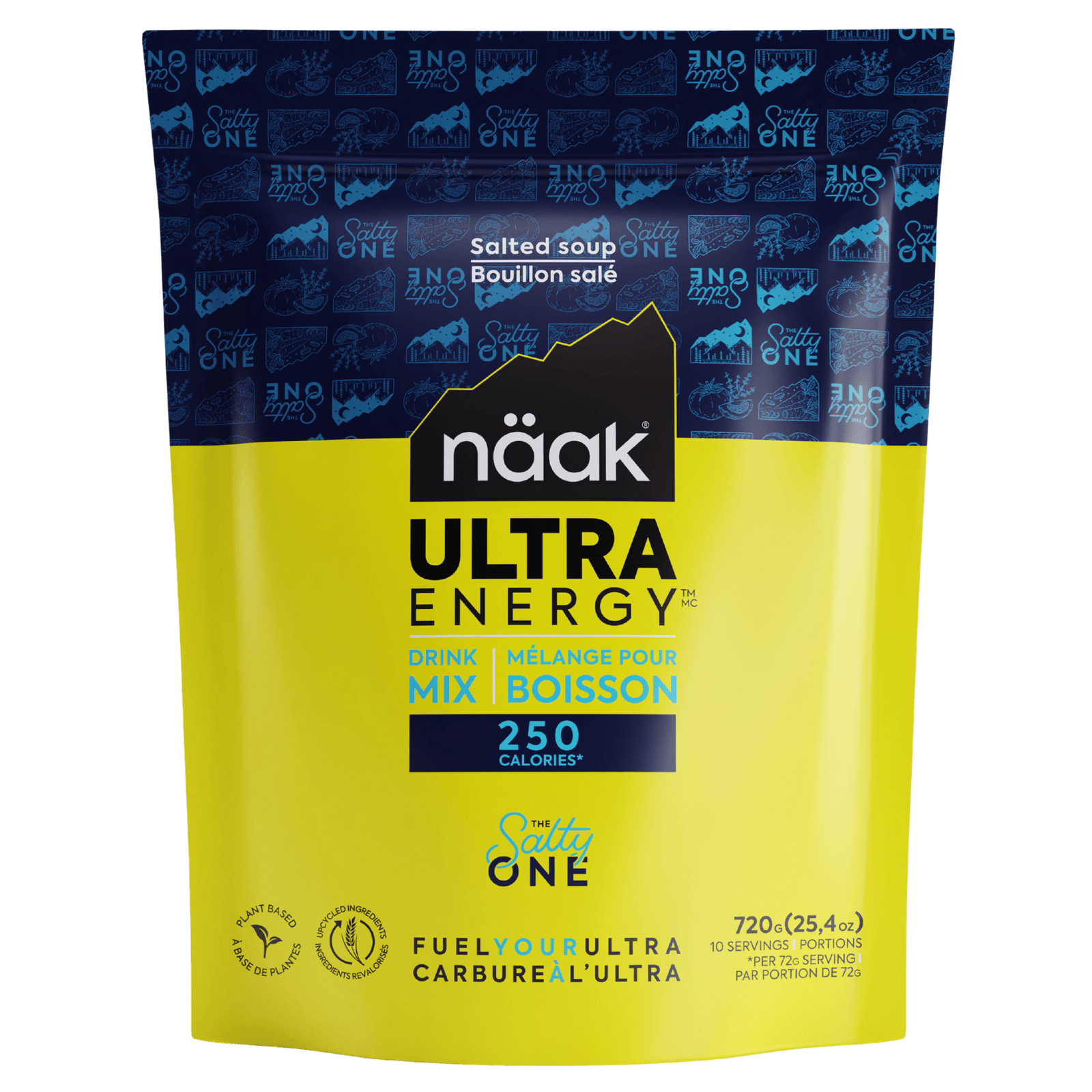
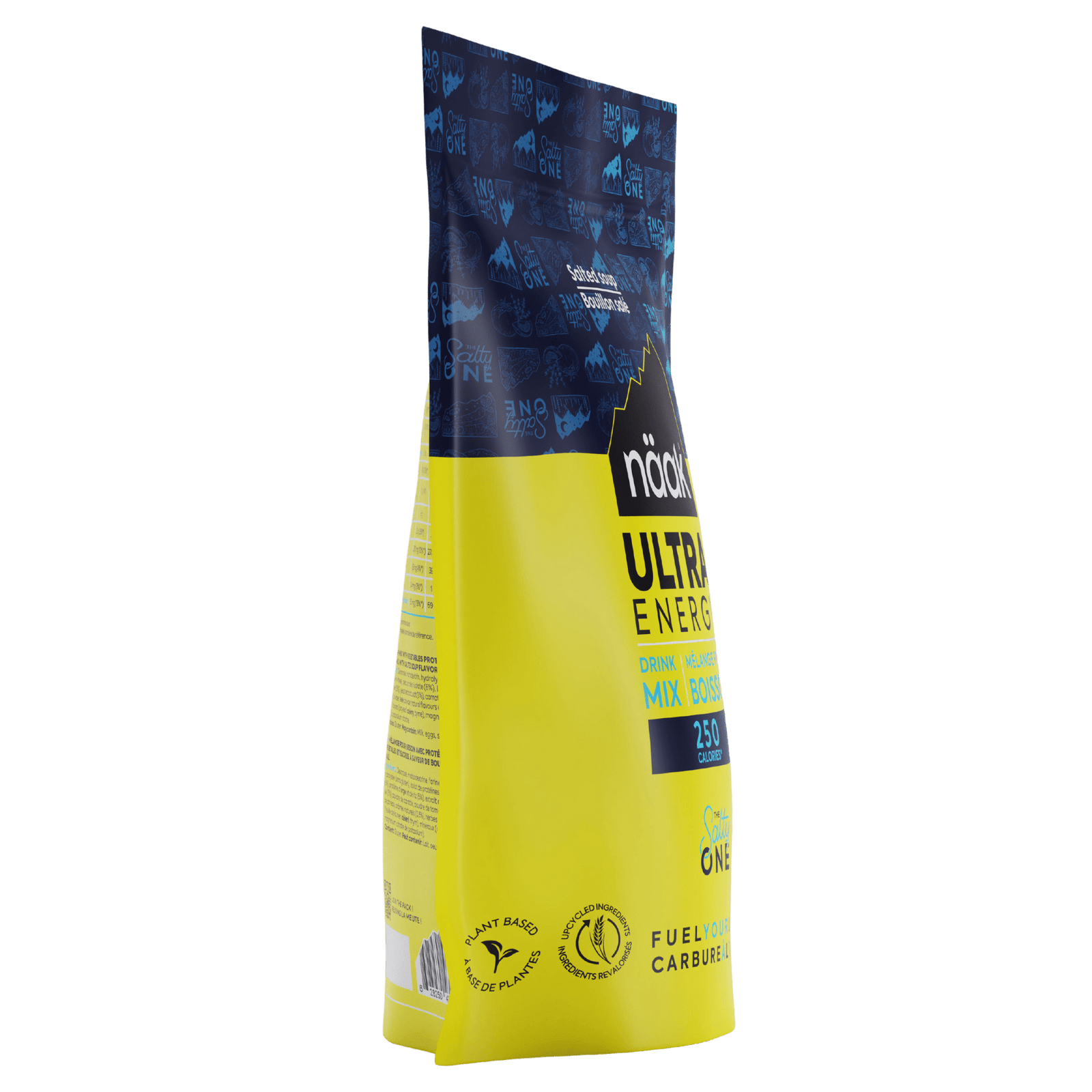
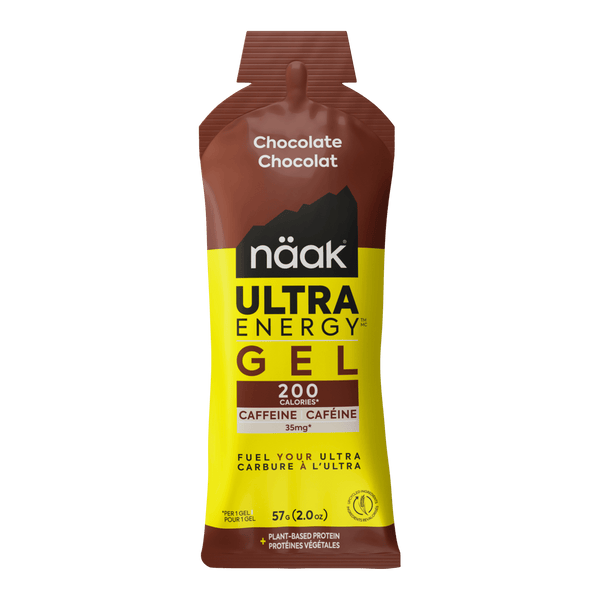
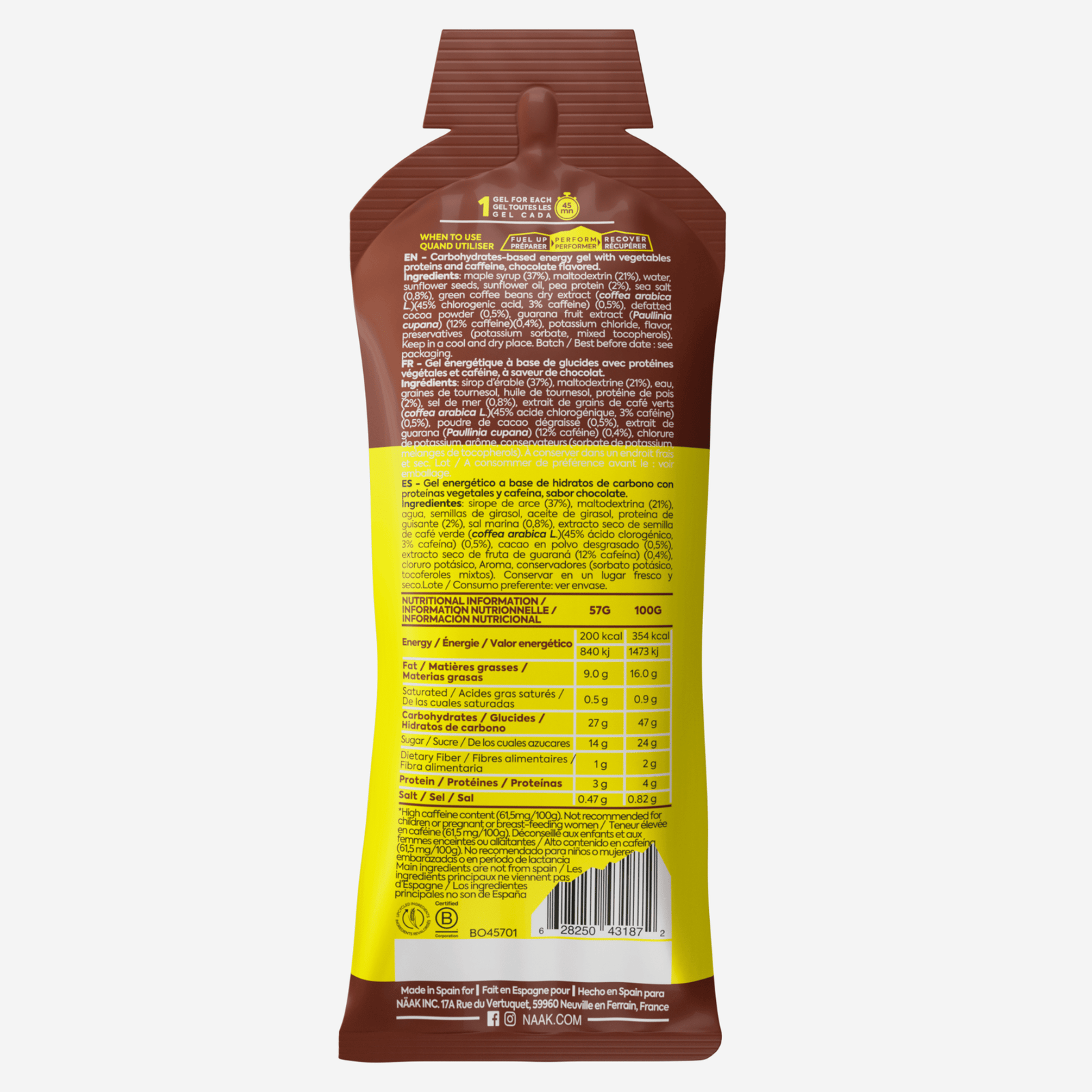
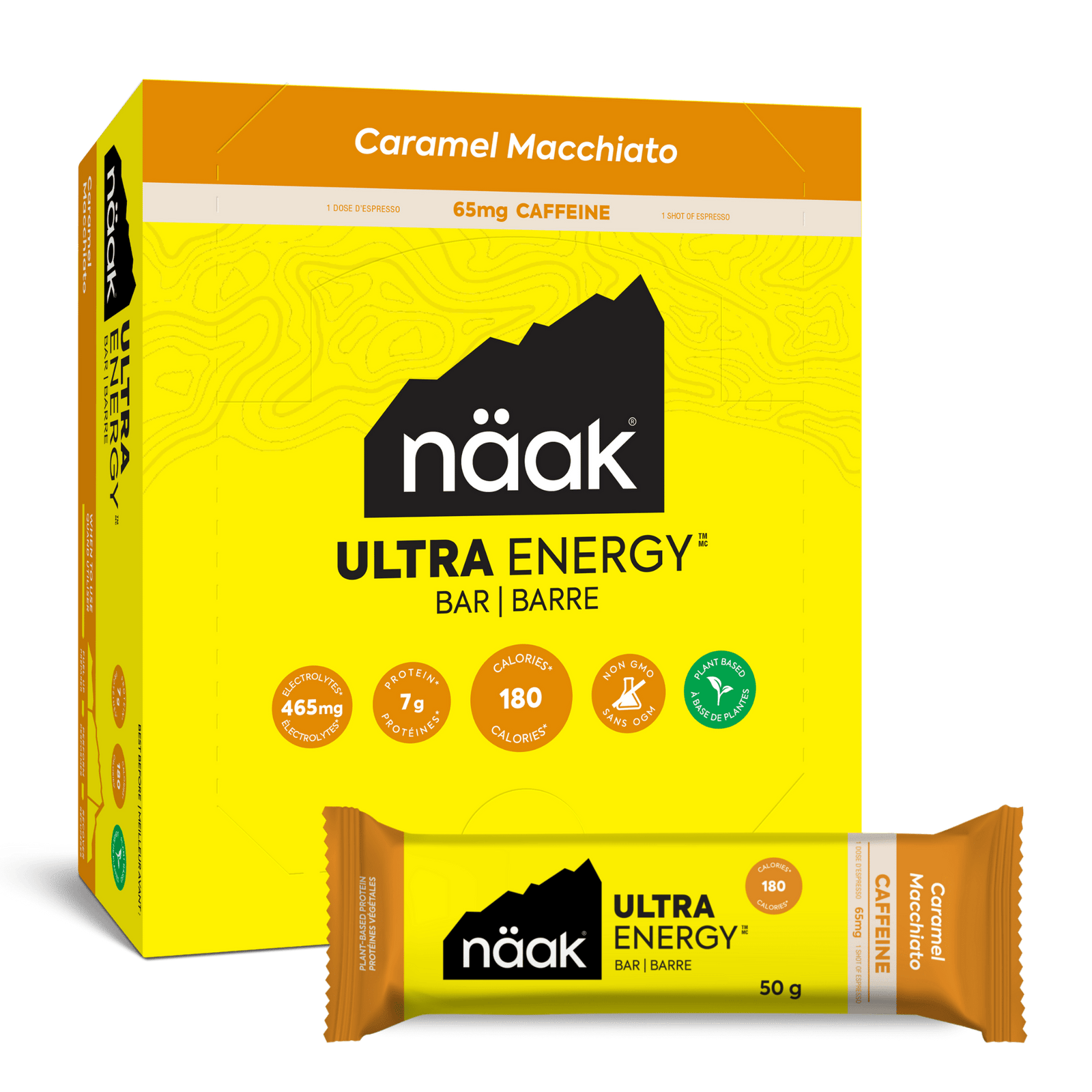
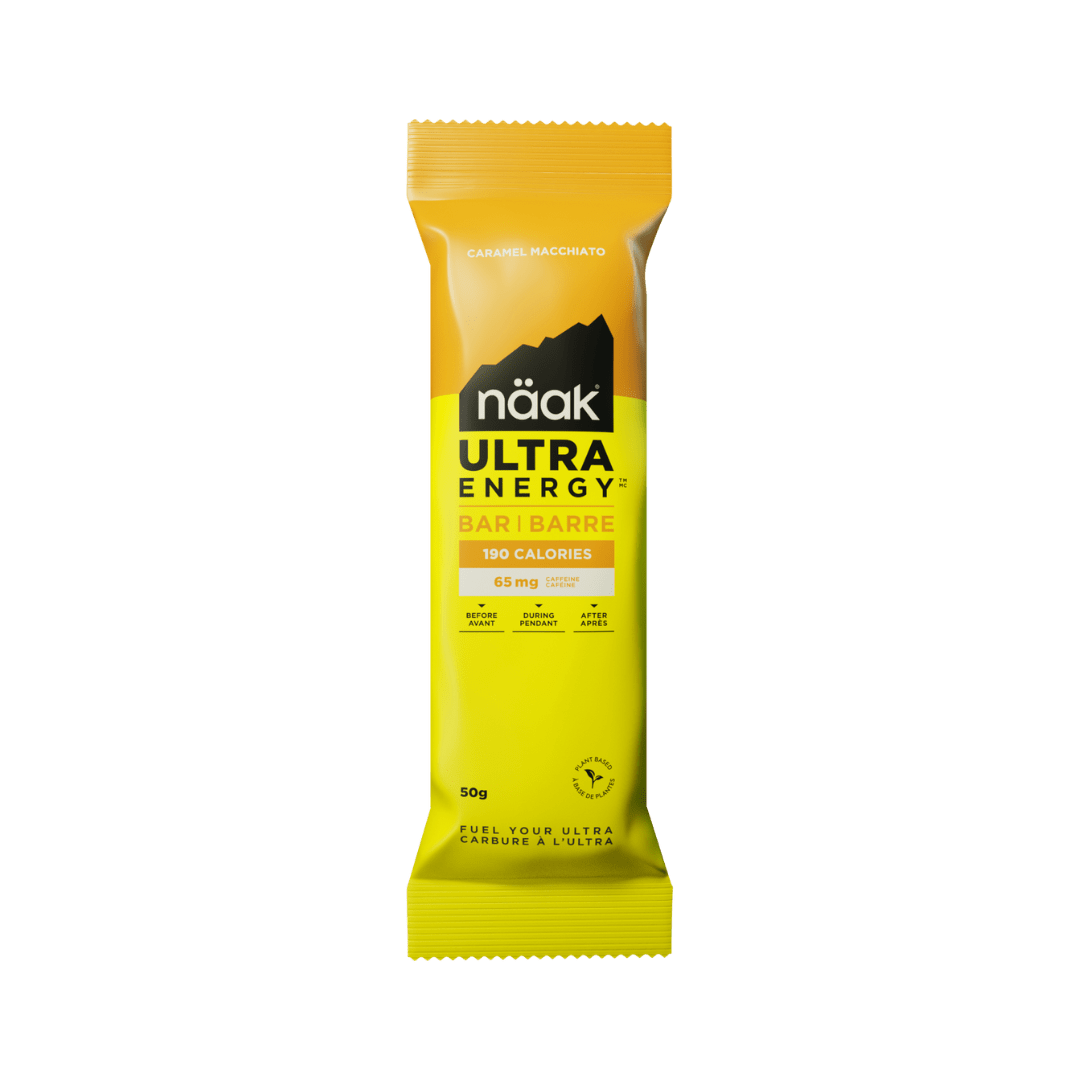
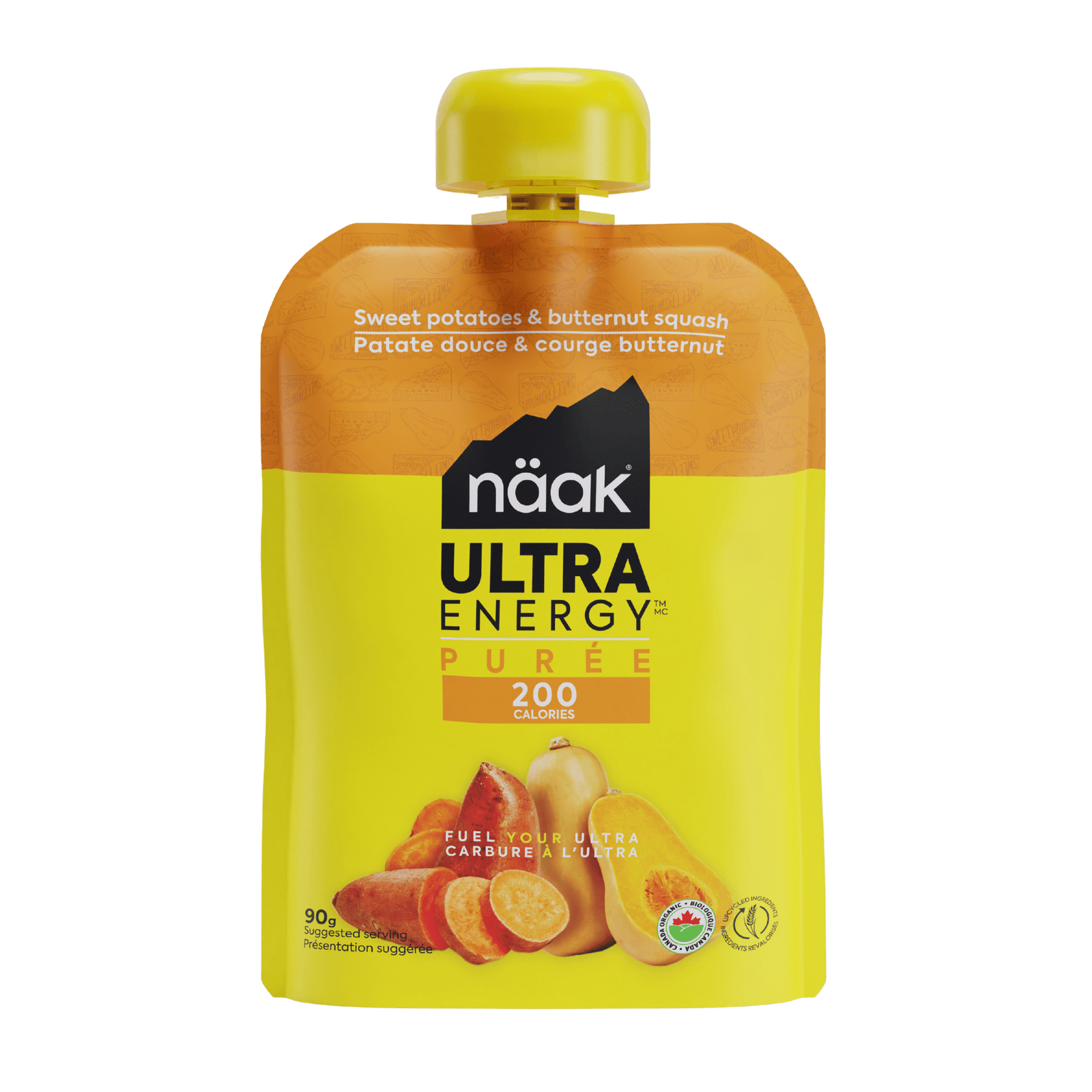

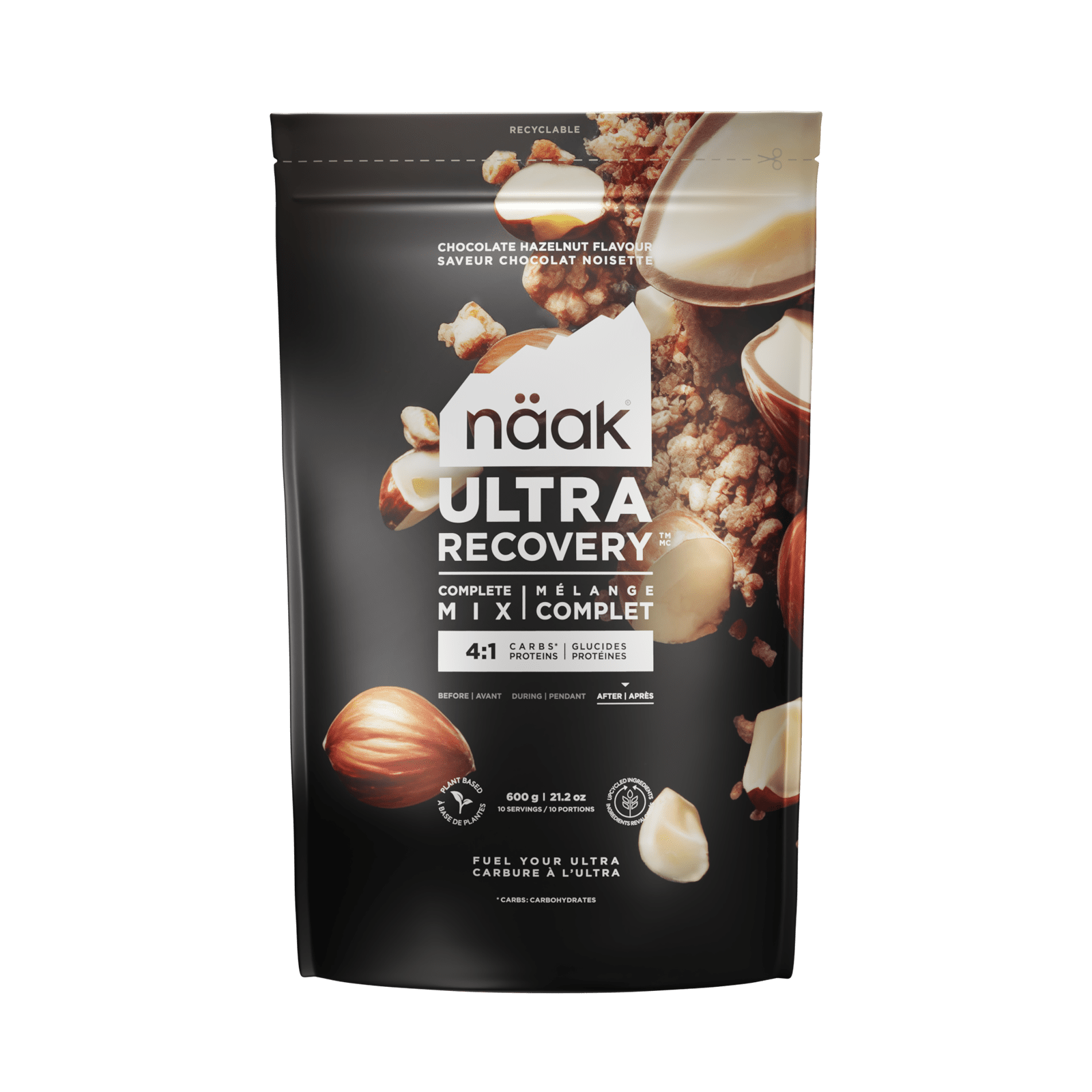
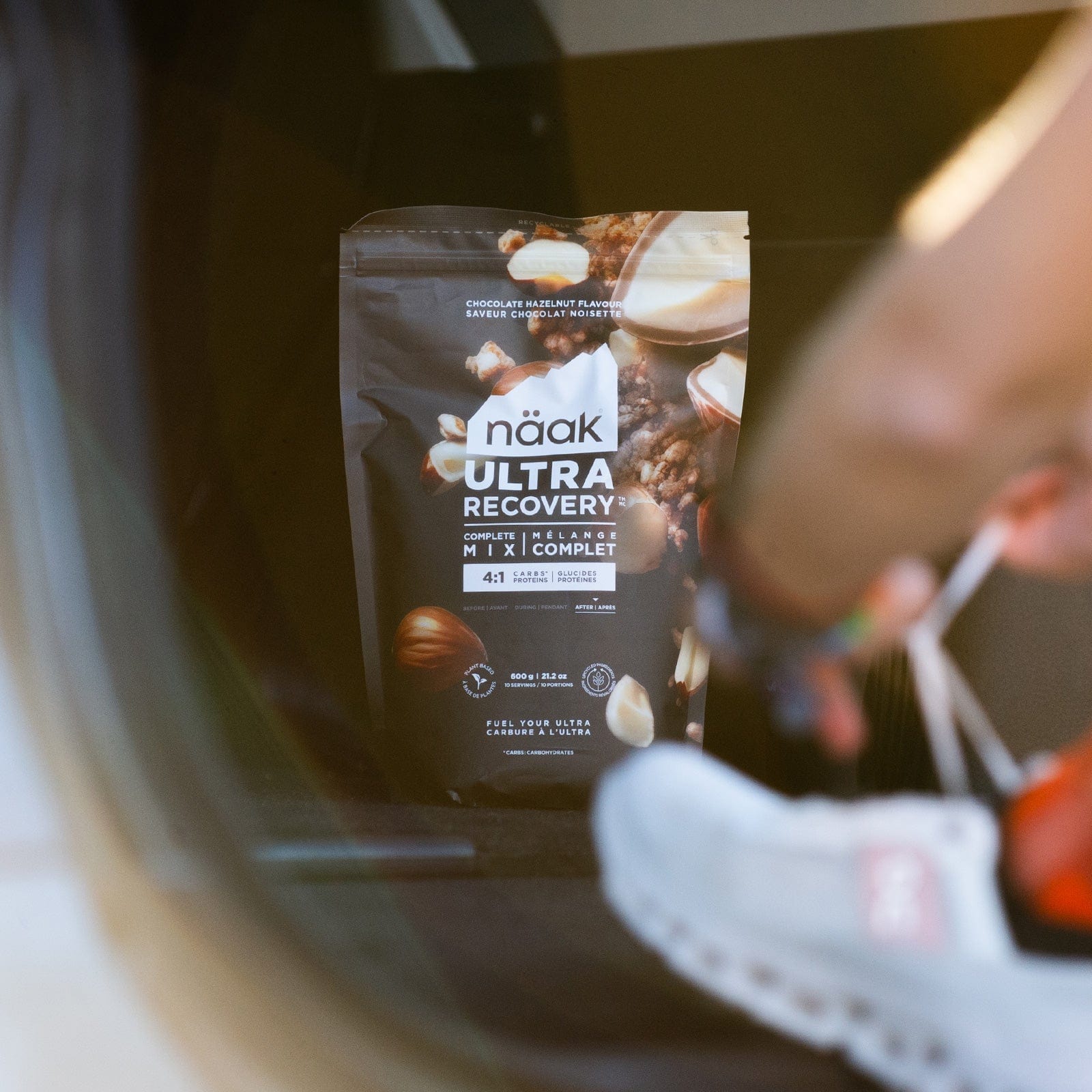
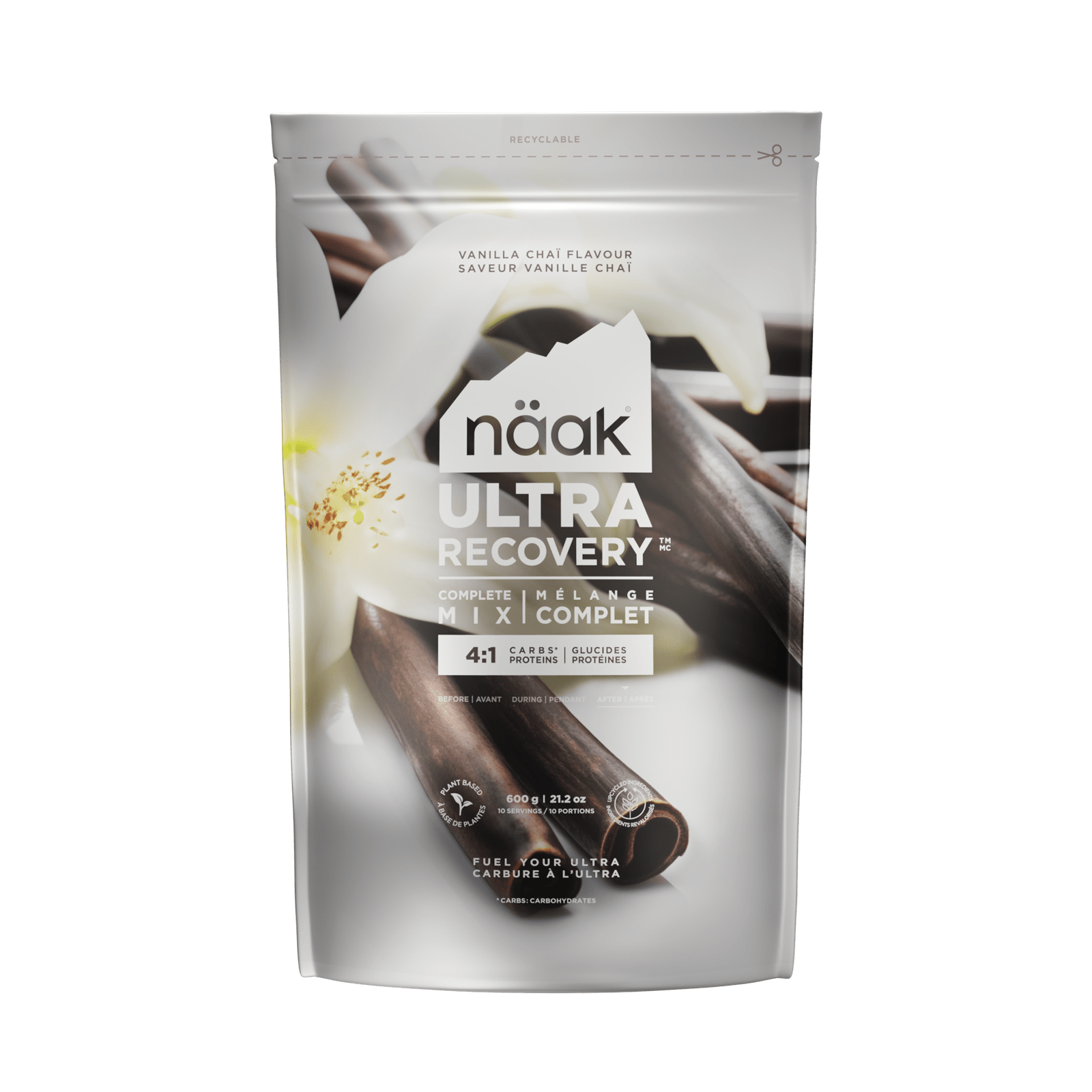
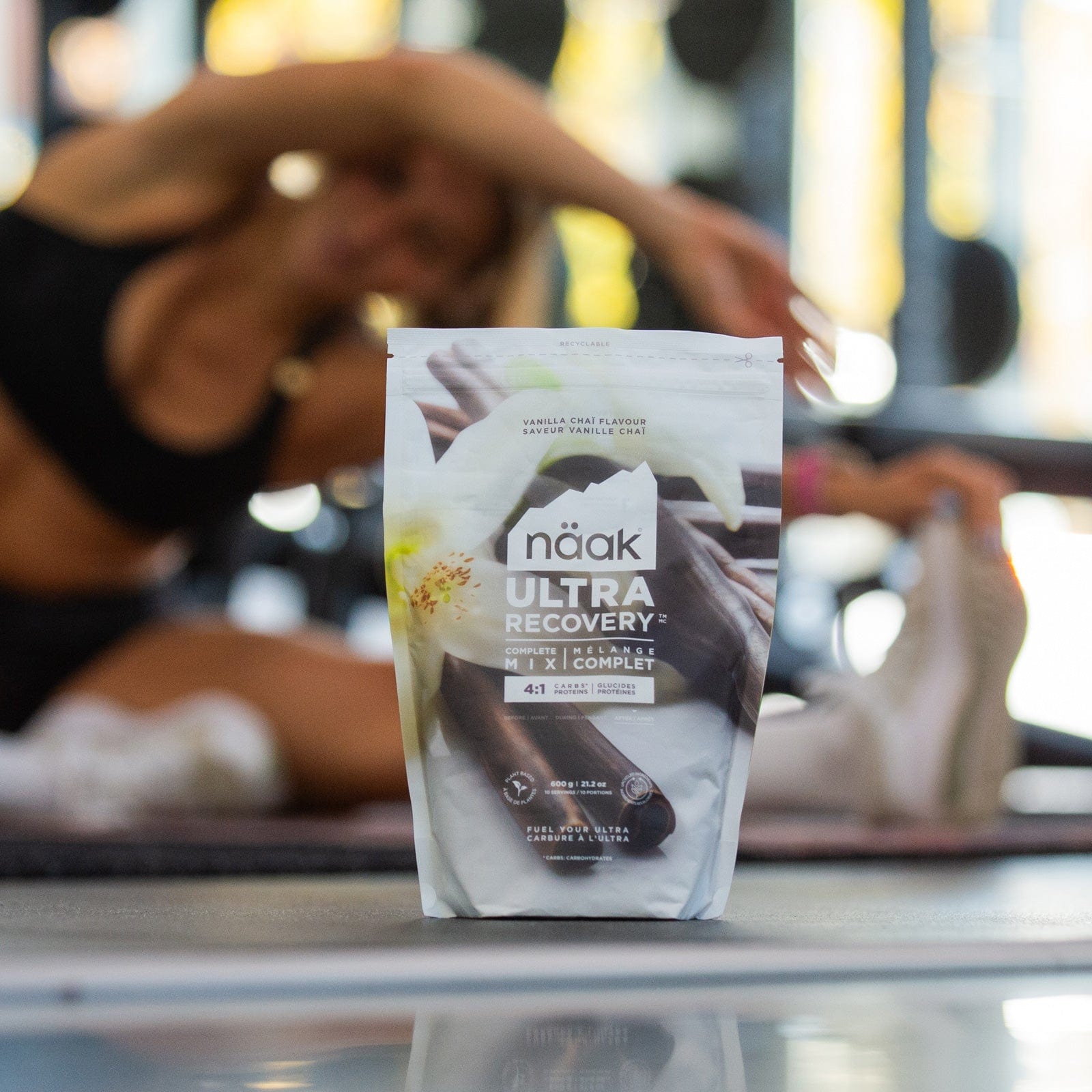
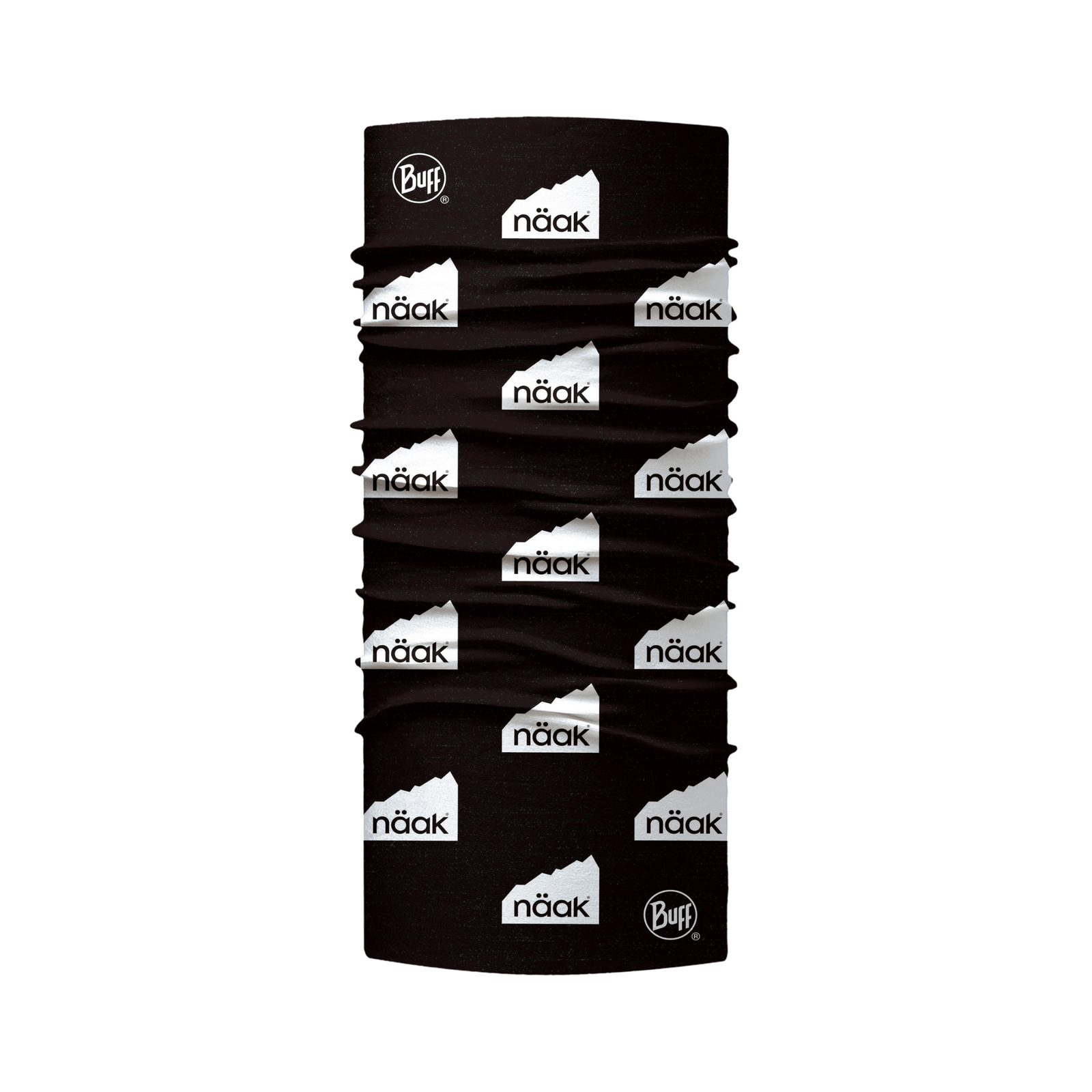
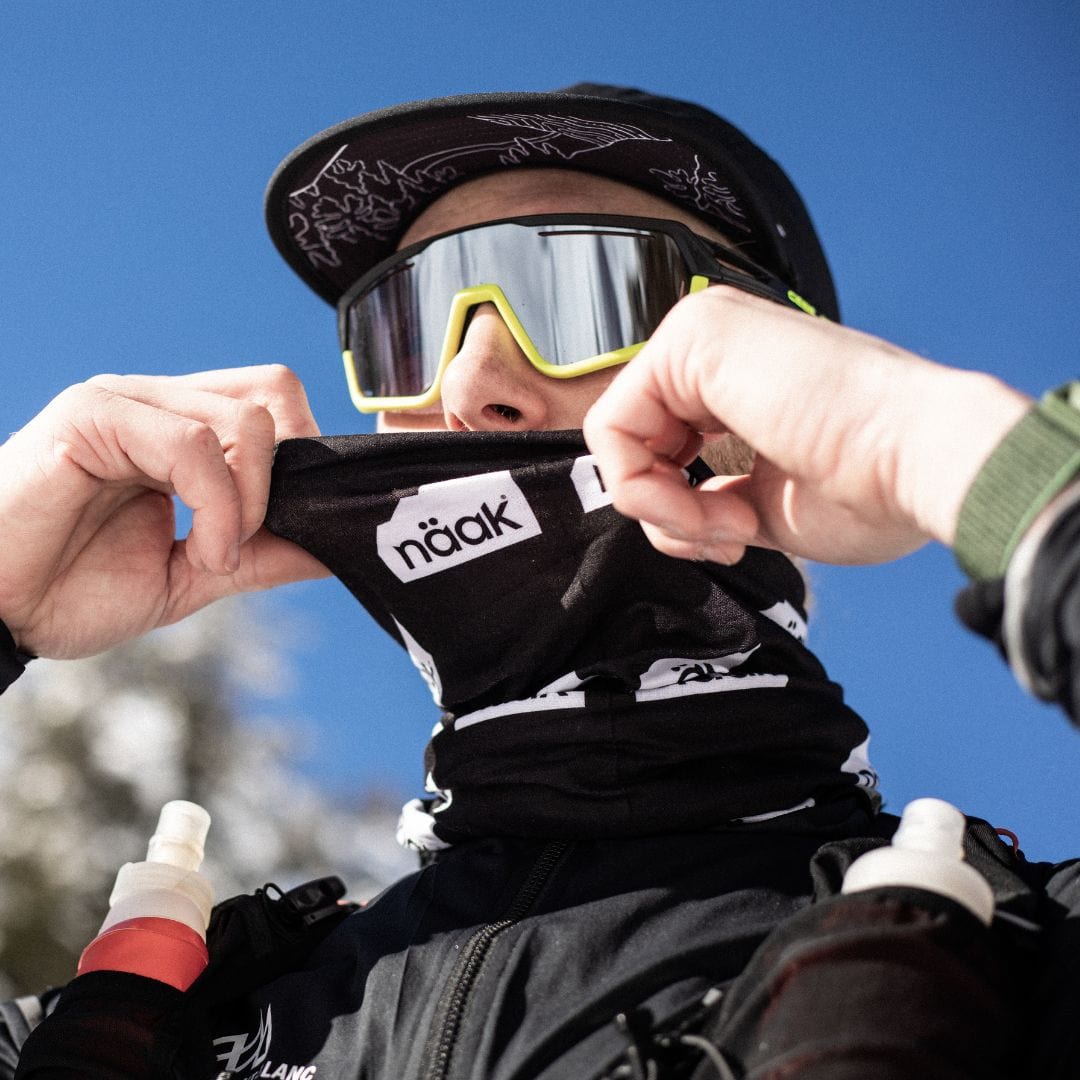
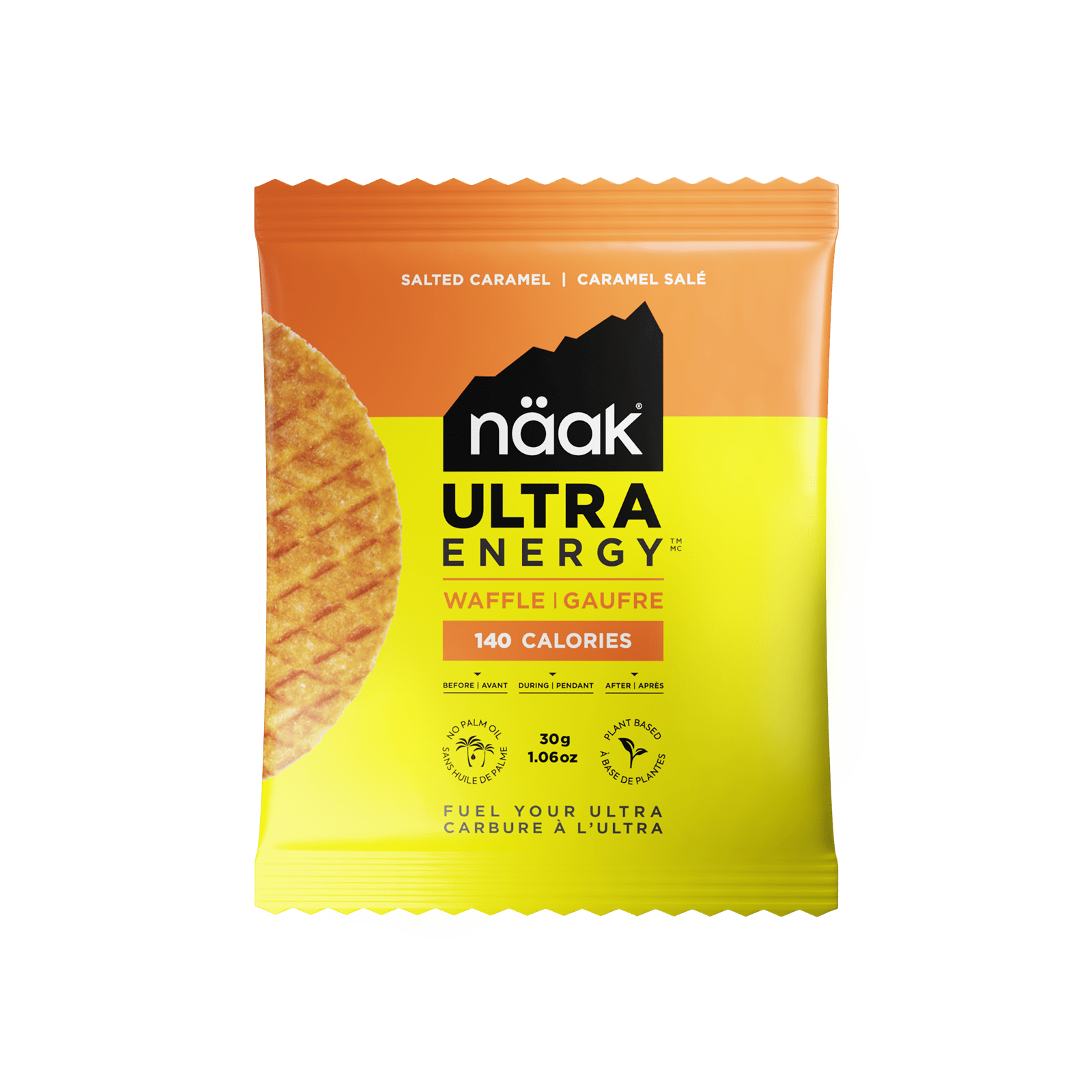
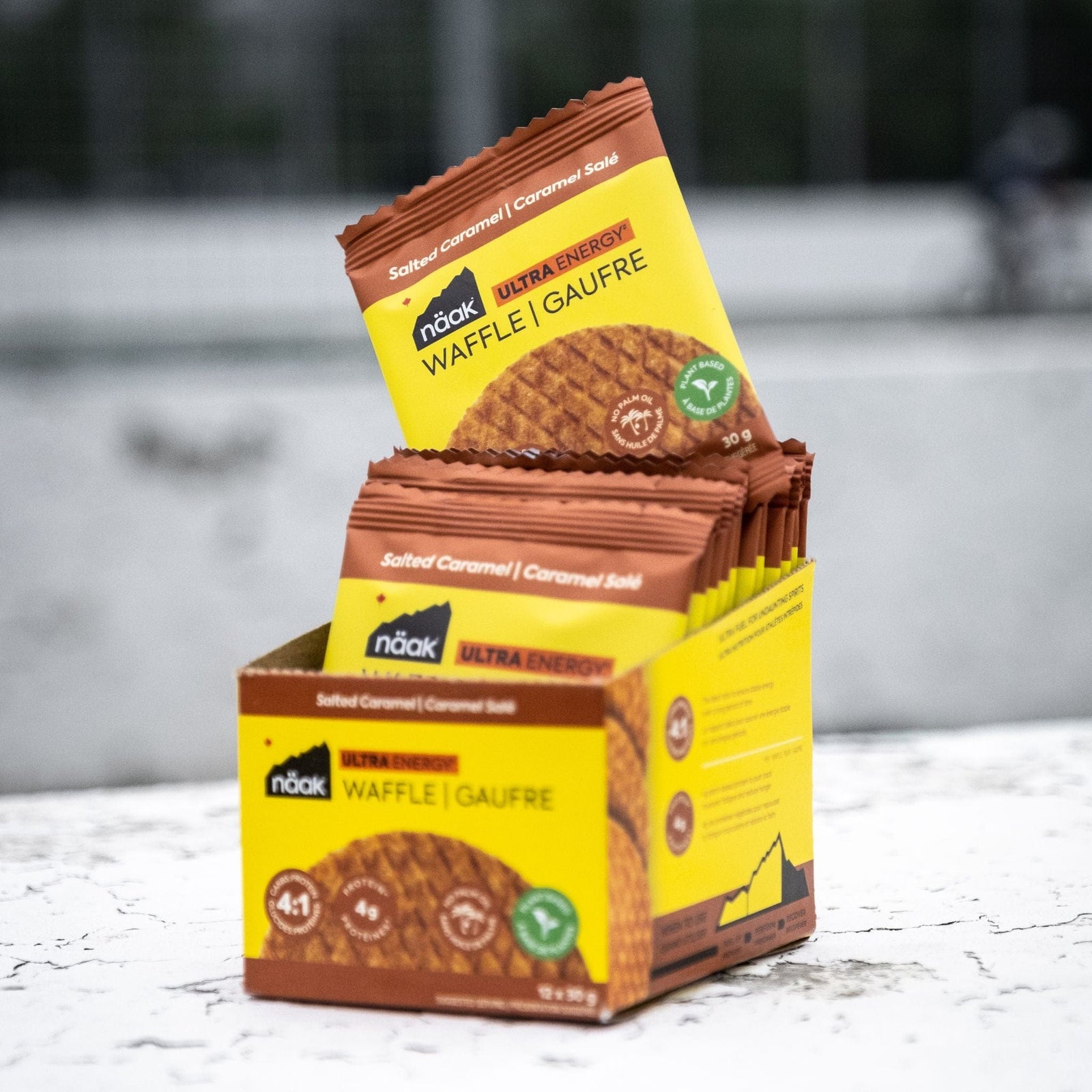


Dejar un comentario